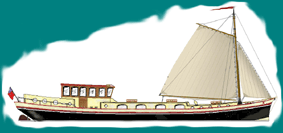 |
|
 |
|
 |
Bathroom <> Bow-Locker <> Cloakroom <> Deck-Area <> Drive-Steering <> Electrics-Room <> Engine-Room <> Hallway <> Kitchen/Galley <> Lounge/Saloon <> Master-Bedroom <> Rear-Storage <> Spud-Leg <> Study/Bedroom <> Tech-Specs <> Wheelhouse |
|
What do you do when you are a married couple, each with strong wills and each with their own idea of an ideal European lifestyle? Further this explosive mix with doubt... "what happens if we choose 'your' ideal French home and 12 months down-the-line I/we hate it?" Jennie & Alan's dilemma was and is a natural concern for many... they chose to resolve it by building a live-aboard barge but... not just any barge! Providing there was a watery passage to somewhere, they could go and visit and live there in their small floating piece of UK home. |
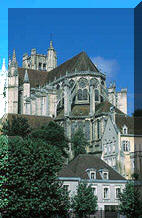 |
The choice of a barge was the comparatively easy part, the next challenge was finding a boat builder who they could trust and then try and cut through all the conflicting stories each portrays as; "the-only-way-to-build-it-Guv!" In a 'previous-life' Alan ran his own sports & race-car design and build company but knew zero about boats. So, he enrolled with the Greenwich Maritime Museum and in particular, their Victorian-period-and-feel library. The extent of their book collection and references is outstanding and gave him a range of titles to purchase for home study. Armed with these studious materials, he was able to remove the cow-dung from boat-building facts. Joining the DBA also helped, immensely! |
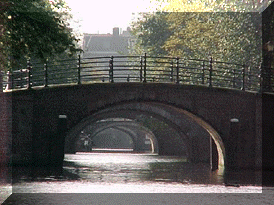 |
Four and a half years of research and several failed boat building business joint-ventures later, he knew a lot more, particularly how barges should and shouldn't be designed and built. He also gained first-hand experience as-to, the general lack of commercial acumen, prevalent in the marine industry today. Alan finally made his builder choice through a friend who had trod a similar path. He went to the Dutch barges ancestral home... The Netherlands. The choice proved a good hull builder but woefully inadequate in other key areas. Their experience enabled them to hone Alan's basic barge ideas and produce the Klipper barge shape Jennie & Alan sought but they proved to fail in the very important build management skills and allowed build costs to spiral. |
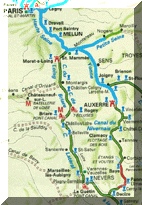 |
| Examples of what motivated J&A to choose a Dutch hull |
| Here are 3 examples of the Dutch barge builds, which helped 'J & A' to choose their barge. The beautiful hull shape, particularly the underwater hydrodynamics design, said it all, for Alan. |
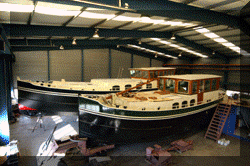 |
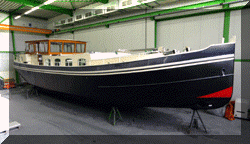 |
Luxemotor barge design (left) is the popular choice because it maximises on space for a given waterline size. 'J & A' chose a Klipper design because they wanted a ship with improved bow shaping to cope with coastal sea work and... it looks prettier! |
|
The Klipper bow or 'tulip-bow' as it's sometime known is preferable for ploughing through high seas, its shape penetrates and parts breaking waves over the bow. Not that 'J & A' wish to 'rock their boat' in this way. |
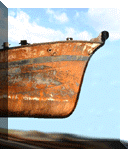 |
This picture (left) is a rusting old Klipper awaiting someone's love to fully restore it. It was the pattern for building JENAL and you can clearly see the difference between the Klipper bow and Luxemotor (above). |
| HOME <> SITE MAP <> CONTACT US <> ABOUT US <> PUBLIC PRESENTATIONS <> JENAL DIARY <> JENAL BUILD PICS <> SUPPLIER CONTACTS <> DUTCH BARGE ASSOCIATION |